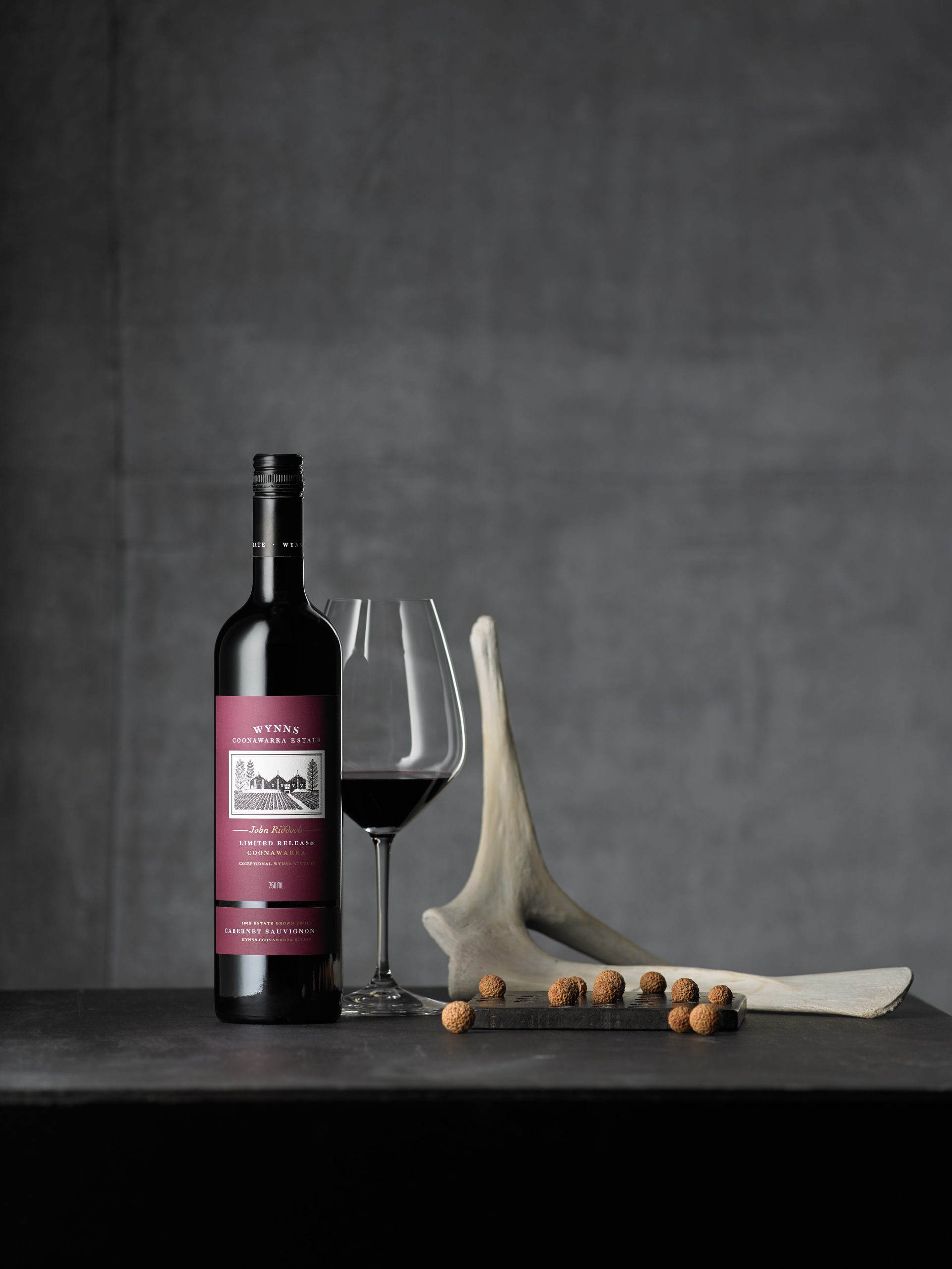The trade views Sauvignon ‘like a crossbreed puppy’
One of Sauvignon Blanc’s biggest problems is the fact that the wine trade views it “like a crossbreed puppy – cute but lacking in class and complexity”, according to New Zealander Sam Harrop MW.
Speaking at the second International Sauvignon Blanc Celebration in Marlborough earlier this month, Harrop told the audience: “People in the trade view Sauvignon Blanc like a crossbreed puppy – cute but lacking in class and complexity, which I don’t think is true at all. Most people who think that are locked in a complex and dysfunctional relationship with Burgundy.
“In their minds there isn’t enough choice and diversity with Sauvignon Blanc, and not enough of the pixie dust that they call context, but the grape has vast potential for diversity and site expression.
“In order to safeguard its reputation, we need to start the journey of changing the elitist view of Sauvignon Blanc as being a one-trick pony and embrace the idea of Sauvignon Blanc as a chameleon that changes depending on where its grown.
“We need to elevate Sauvignon Blanc from a savage white to a noble variety, and tell the story to the world. It’s a misconception that the grape can’t improve with age – it has all the fundamentals to do just that.
Harrop went on to explain the difference between “wines of style” and “wines of site” with a sense of place, linking the latter to the Māori concept of tūrangawaewae, meaning “a place to stand” where you feel at home.
“Some wines have a weak sense of place others have an abundance. Rioja and Marlborough Sauvignon are examples of wines of style that require a greater level of winemaker intervention and end up tasting of nowhere and everywhere at the same time.
“However, even at commercial price points Marlborough Sauvignon Blanc has a sense of place despite being a wine of style.
“Today we produce great volumes of Sauvignon Blanc with a generic sense of place. We need to focus on Marlborough’s sub-regions, which is part of the next step to changing perceptions,” Harrop said.
Partner Content
“We need to look to the Loire sub-regions of Sancerre, Touraine and Pouilly-Fumé for inspiration. The village model in Sancerre is the way to go and will add a halo effect to the commodity level that is so important for many growers.
“More work is needed to further understand the sense of place of Marlborough’s different sub-regions, which will be an investment in the future of Sauvignon Blanc. We’re hot on sustainability and now need to invest in diversity,” he added.
Harrop warned that this sub-regional approach will require a drop in volumes, but that the increase in the quality and value of the wines will be worth it in the long run.
“Marlborough Sauvignon Blanc has the opportunity to produce wines of site. These wines won’t be ordered by the boatload at the beginning, but people will be willing to pay more for them in the long run.
“There needs to be a generational shift and we need to get the growers on board. We need to encourage growers to look at the long-term plan rather than the short-term monetary goal. The development of Appellation Marlborough is a good first step,” he said.
“We’re not genuinely invested in sub-regionality at the moment. Most producers haven’t invested a business plan in making these smaller volume single site wines, so the message isn’t getting across to consumers and the trade. We’ve been making single vineyard wines but we haven’t been selling them. We need to get them out there and put context behind them,” he added.




